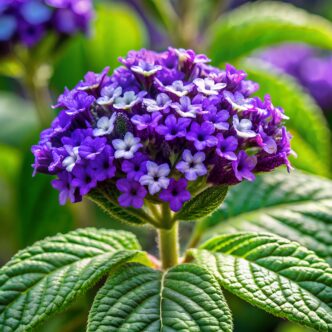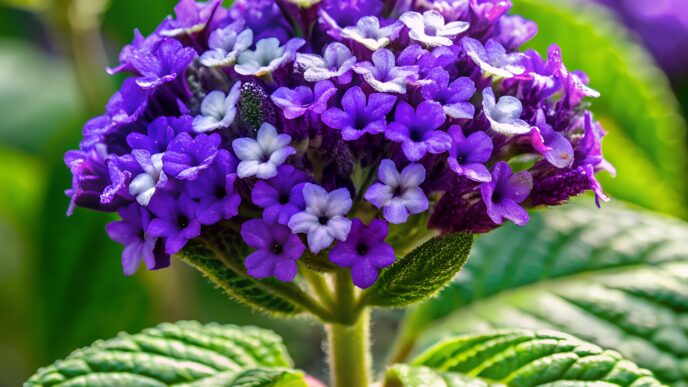If you’ve ever wanted a tree that practically shouts, “Look at me!” with its fiery orange-red flowers, then let me introduce you to the African Tulip Tree (Spathodea campanulata). This tree doesn’t do anything in half-measures—it grows fast, blooms big, and makes your garden look like it belongs in a tropical paradise. But before you rush off to plant one, let’s dive into how to grow and care for this magnificent tree (without letting it take over your entire neighborhood).
Meet the African Tulip Tree
The African Tulip Tree, native to tropical Africa, is a show-stopper. It can grow up to 80 feet tall (though it usually stays around 25-40 feet in home gardens). Its flowers are shaped like giant orange tulips filled with nectar, attracting birds, bees, and every nature-loving neighbor you have. However, this beauty comes with a bit of a wild side—its rapid growth and seed-spreading habits can make it a little too enthusiastic in some areas.
Now, let’s get our hands dirty and learn how to grow one!

How to Grow an African Tulip Tree
Find the Perfect Spot
African Tulip Trees love warm, humid climates. If you live in USDA zones 10-11, congratulations! You’re in prime real estate for this tree. If you live in a cooler area, you may have to settle for growing it in a large pot and bringing it indoors during winter (which sounds like a workout, but hey, free exercise!).
Look for a sunny spot with well-draining soil. These trees need room to spread their branches, so don’t plant them too close to your house, driveway, or nervous neighbor’s fence.
Planting the Tree
- Dig a hole twice as wide as the root ball and just as deep.
- Place the tree in the hole and fill it with soil, gently patting it down.
- Water thoroughly to help it settle in.
- Mulch around the base to retain moisture and keep weeds at bay (because no one likes weeding).
Watering and Feeding
When young, the African Tulip Tree needs regular watering to establish strong roots. Once mature, it can handle some drought but still prefers consistent moisture. During dry spells, give it a deep watering once a week.
Fertilize with a balanced fertilizer every few months to keep it thriving. But don’t overdo it—this tree grows fast enough on its own!
Caring for Your African Tulip Tree
Pruning
This tree has a tendency to grow like a teenager after a growth spurt—fast and a little messy. Prune it regularly to remove weak branches and shape it nicely. Left unchecked, it can become a bit of a wild jungle on its own.
Pest and Disease Control
The African Tulip Tree is generally tough, but keep an eye out for aphids, scale insects, and fungal issues. A strong blast of water or some neem oil should handle most minor infestations.
Managing Its “Overenthusiasm”
In some areas, this tree can be invasive, spreading through seeds and root suckers. If you don’t want a mini forest in your yard, clean up fallen seeds and avoid planting it too close to native vegetation. Some gardeners even choose to grow it in a large pot to keep it in check.
Why Grow an African Tulip Tree?
- Gorgeous Blooms – Your garden will look like a tropical wonderland.
- Wildlife Magnet – Hummingbirds, bees, and butterflies will love you for planting one.
- Fast Shade – Need a shady spot for afternoon naps? This tree grows quickly!
- Low Maintenance – Once established, it doesn’t demand much attention.

Final Thoughts
The African Tulip Tree is like that flashy, fun-loving friend who livens up every party. It brings color, life, and vibrancy to any garden, but it also needs a little guidance to keep it from going overboard. If you have the space and the right climate, it’s a fantastic choice to add some tropical flair to your landscape.
So, if you’re ready for a tree that makes a statement, grab a shovel and get planting! Just remember—this tree grows fast, so be prepared for a little (or a lot of) excitement in your garden. Happy planting!














